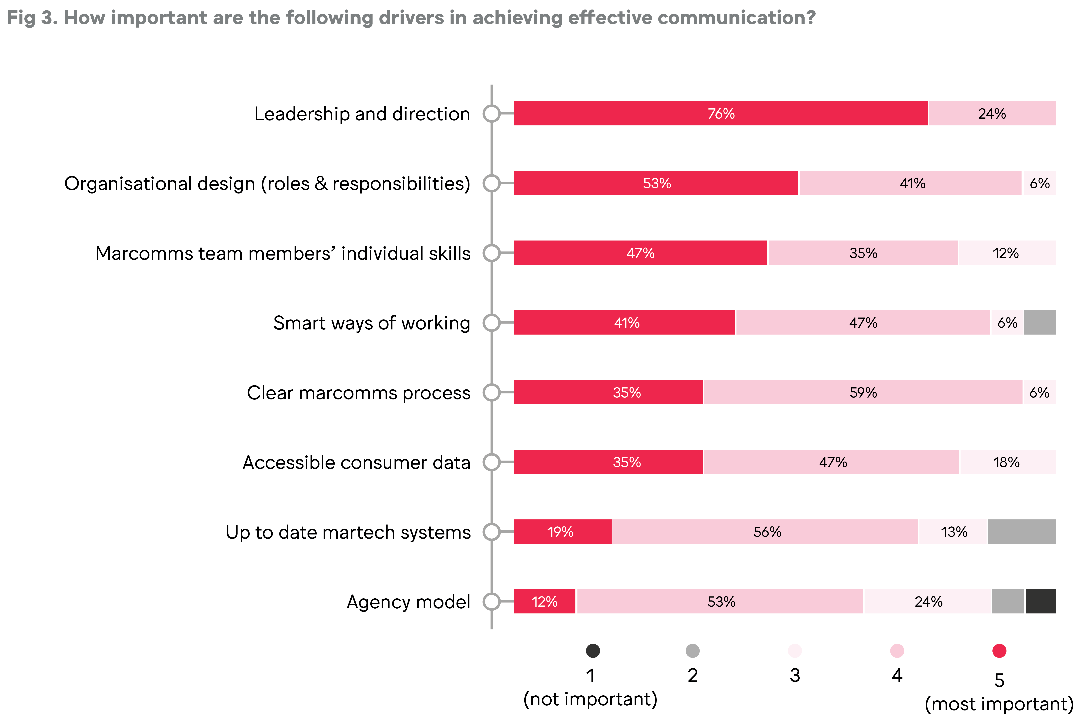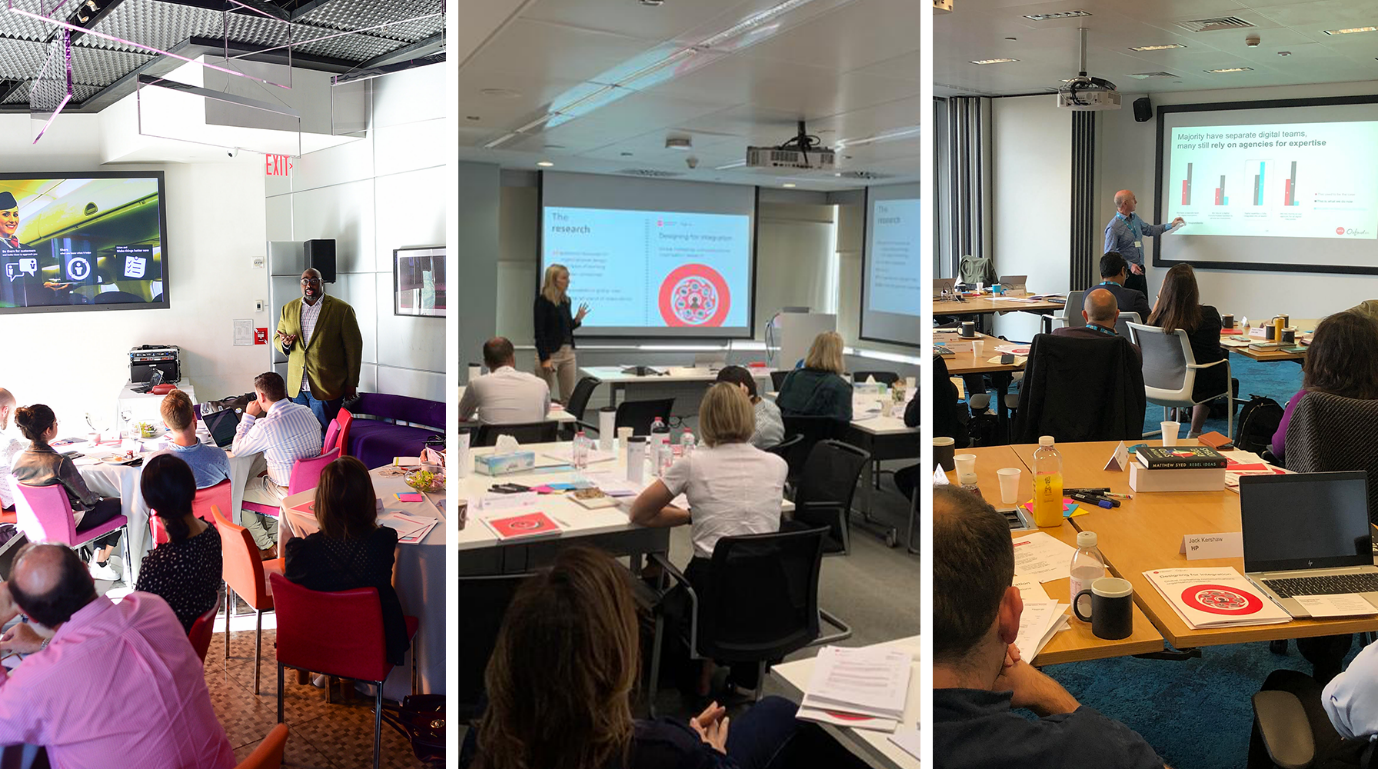7 things to keep in mind when designing for integration
There are a few areas that research and experience suggest are important to focus on for delivering effective communication at pace and scale, says Julia Kraft, WFA Marketing Services Manager
Share this post

We are still in the early stages of fully integrated, customer-centric communication. That challenges marcomms leaders to make real strategic choices, as they set their organisation up for success, to establish, build and create new structures that deliver a more seamless, data-informed experience to consumers.
This is an area with huge opportunities but also significant challenges. According to a study we did with OxfordSM, there was a strong belief that leadership direction, clarity of structure, and team skills remain significantly more important than technology or data strategy. In short, you have to invest in people, a view echoed from the very top of one of the world’s biggest advertisers.
“It turns out that when you’re shifting directly and aggressively into digital, the constraint is not money in the BMI [brand and marketing investment] line, it’s people to run the digital campaigns.” Alan Jope, CEO, Unilever (Investor presentation January 2019)

The WFA’s Integration Forum met in New York, Dubai and London in Q4 2019, bringing together more than 70 senior marketers from 34 different multinational companies to share ideas how to effectively design their internal set-up for integrated marketing communications and new ways of working.

These meetings discussed seven areas that the research and our experience suggest are important areas of focus and will help deliver effective communication at pace and scale:
1. All channel responsibility
Think broadly about your consumer experience; map the critical journeys and understand each function’s role and impact of key touchpoints. Share common KPIs across the organisation and work to common goals. Involve everyone in comms planning, testing and learning.
2. Leadership and team structure
Design clear leadership structures with dedicated, expert teams. The leadership team needs to identify the capabilities that are critical to delivering business objectives - be it analytics, real-time consumer engagement or content development - to deliver business objectives and commit resources accordingly. Have all key functions in the loop, and if possible, in the room when strategies are set and plans signed off.
3. Move decision-making closer to the consumer
Give responsibility and decision-making to those who are closest to the consumer (this often means local teams). Many of today’s marcomms leaders have grown up in hierarchical cultures, valuing experience over expertise and relying on top-down decision-making. Marketers need to explore turning this upside down to give responsibility to those with relevant expertise for more consumer-focussed decisions.
4. Integrate your digital expertise
Best practice organisations now live and breathe digital, while also ensuring it is neutral in the marcomms mix. Ensure digital capability is integrated and not bolted on, not reported separately (with separate budgets) outside marcomms. Digital specialists also need to be motivated to build general capability rather than create or maintain silos.
It’s also important to check that marcoms processes are integrated with one end-to-end process in which the different workflows serve common consumer and business objectives. Ensure eCommerce is included and integrated in overall business and brand strategies.
5. Briefing: brevity, simplicity
Ensure the briefing process maintains core equity and strategic messaging, while having the brevity and simplicity to be useful for all channels, at pace. Briefing is tougher than ever, given the volume and speed of marcomms today. And it’s even more critical given so many more teams are impacting the consumer experience. Review your briefing process, can it handle a new global campaign or a social event with equal agility?
6. In-housing capability to build expertise
Consider in-housing some capability to build expertise, as well as cost reduction and process control. While cost optimisation and opportunities for process simplification are important criteria, you also need a clear view about the qualitative impact on marcomms, and agreement on the priorities for the medium to long term.
7. Invest in people and building skills as much as martech
Make sure your martech investment programmes consider the challenge holistically. You need to consider the impact that people can make in addition to process design, tech choice, and data strategy. Change and training costs should be included in addition to capital costs. The best approach is to plan your people’s behaviour change and skill-sets as early as possible. This part of the process may well take longer than implementing the technical solution.
To download the full report, please click here.
To join the discussions in this area, please contact j.kraft@wfanet.org and/or register for an upcoming Integration Forum here.

